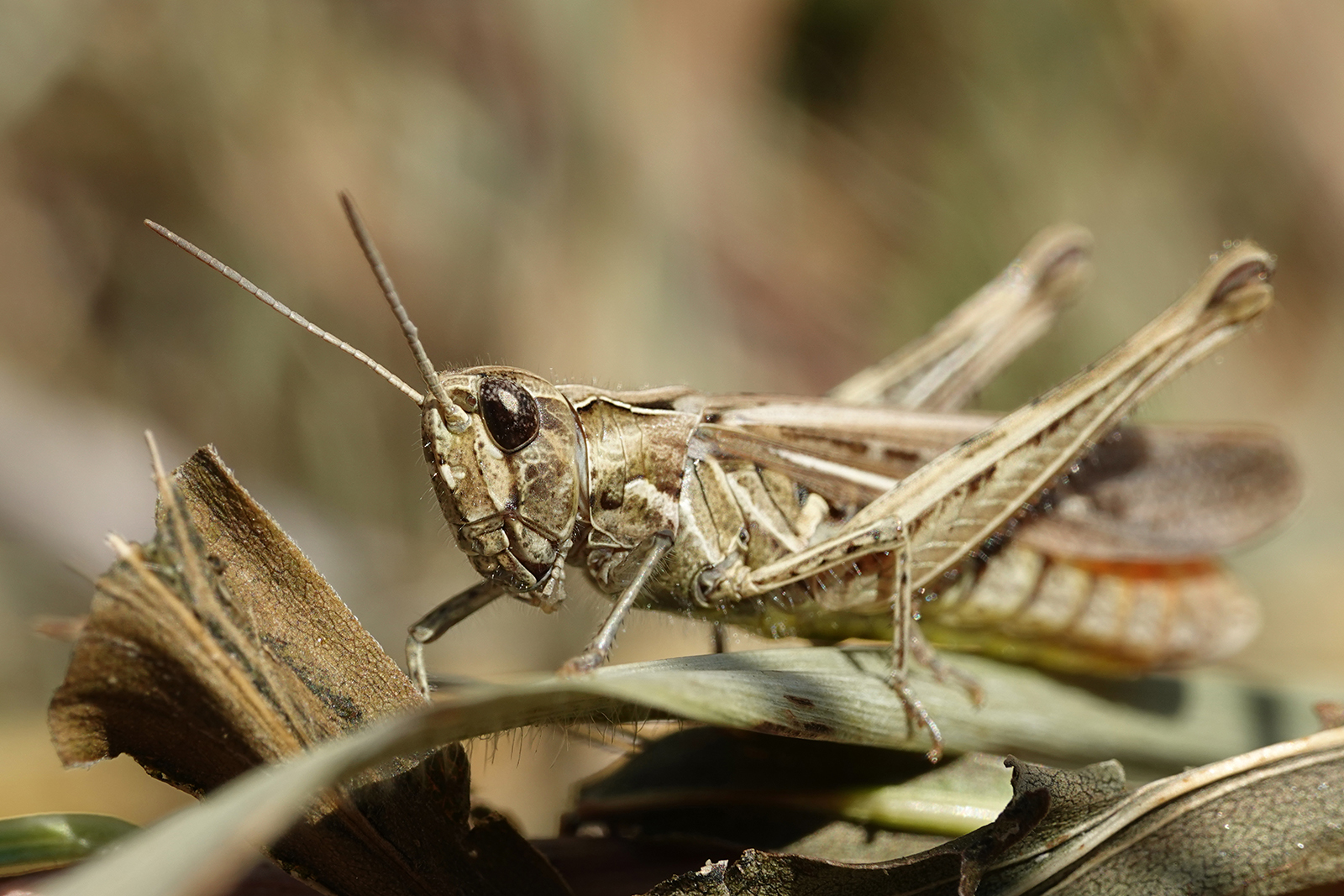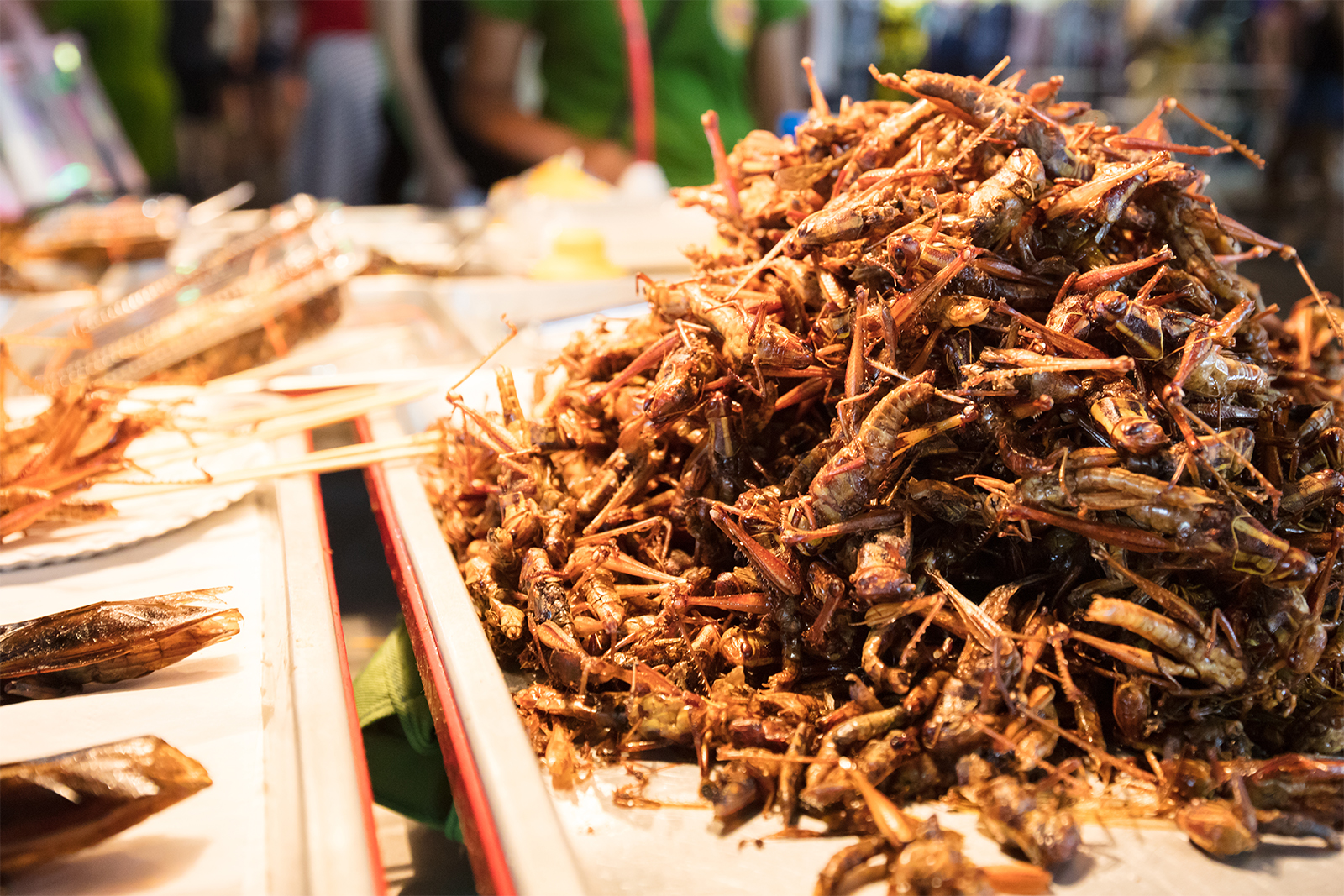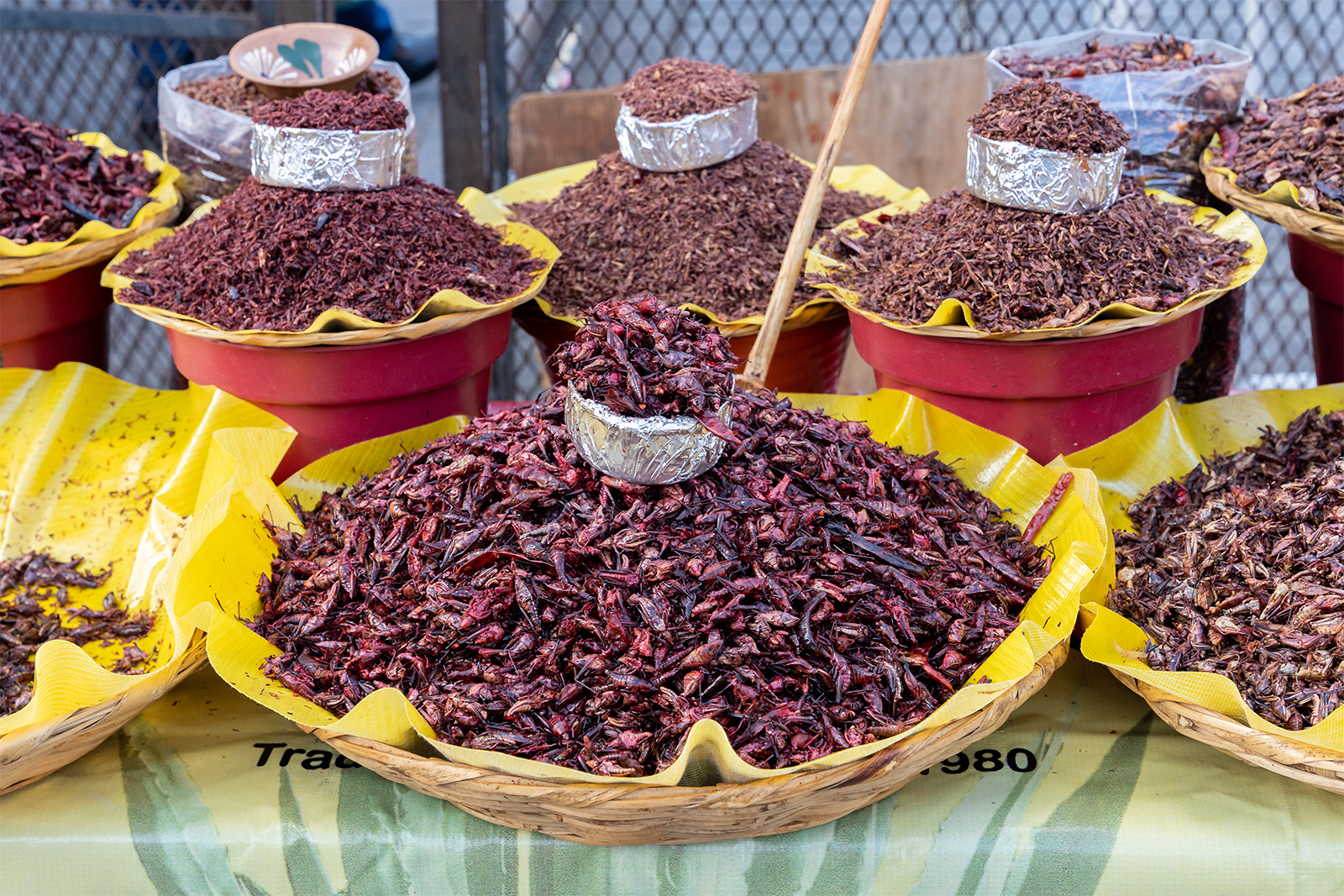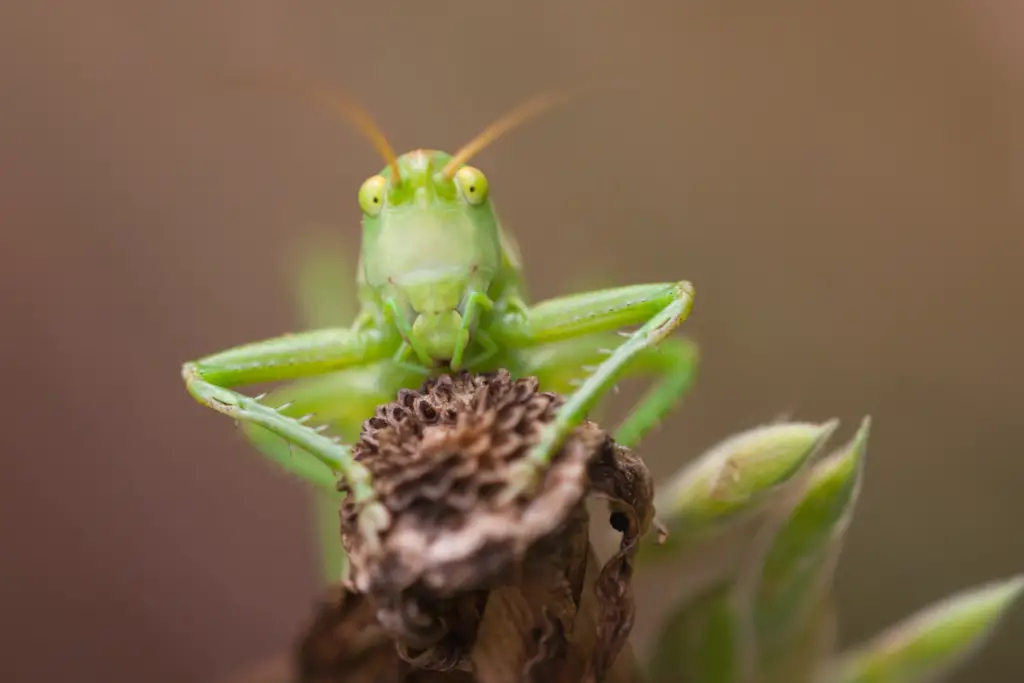
Grasshoppers are fascinating insects that can be found in various environments all around the world. While their unique features and behaviors may pique the curiosity of many, one question that often arises is whether or not grasshoppers are poisonous. Though a seemingly simple question, it’s important to consider the various factors that involve both the grasshopper’s biology and its potential impact on humans and other animals.
Grasshoppers are not known for being poisonous, which means they do not produce harmful toxins that could cause adverse reactions when they come into contact with humans or animals, nor do they have venomous stingers to inject toxins.
However, this does not necessarily mean that grasshoppers are entirely harmless, as some species have been known to bite under certain conditions (A-Z Animals). When discussing the potential danger of grasshoppers, it’s important to differentiate between being poisonous and having the ability to bite or sting. Many people often equate these terms, but they represent different aspects of an animal’s potential threat.
Are Grasshoppers Poisonous?
Grasshoppers are generally not considered poisonous to humans. Although some species, such as the Eastern lubber grasshopper, contain toxins that make them unpalatable or even toxic to other animals, the risk to humans is minimal.
The poison found in certain grasshoppers is called tetrodotoxin, which is the same toxin found in some pufferfish and other poisonous creatures. However, in grasshoppers, this toxin usually affects only predators that consume them, like birds and small mammals, not humans.
While grasshopper bites may occur if they feel threatened, these bites are not poisonous. Many people do not have any reaction to grasshopper bites and may not even be aware that they were bitten!
Potential Risks for Humans
Allergic Reactions
While grasshoppers are not inherently poisonous to humans, some individuals may experience allergic reactions to grasshopper bites. Grasshoppers can bite humans in self-defense, but their bites are typically mild and not harmful. However, those who are allergic or sensitive to insect bites may experience itchiness, redness, and swelling.
Chemical Contamination
One potential risk when consuming grasshoppers is chemical contamination. Edible insects harvested in the fields may be exposed to pesticides or other harmful chemicals, leading to potential health risks for consumers. High concentrations of chemicals from pesticide exposure can definitely be harmful to humans, especially when consumed in large quantities.
In a study referenced by the National Center for Biotechnology Information, research highlighted the risk of heavy metal contamination in edible grasshoppers. The ingestion of contaminated insects can pose a risk to human health as a result of heavy metal bioaccumulation in the body.
Safety Precautions
Proper Handling
It’s essential to handle grasshoppers carefully, whether you’re catching them for fun or consumption. Although grasshoppers may not be inherently dangerous, they can still cause skin irritation or minor discomfort when caught due to their sharp hind legs, which they may use to kick and dig into your skin (Healthline).
Wearing gloves and using nets rather than your bare hands can help minimize the risks associated with handling grasshoppers. Moreover, if you plan to consume them, it is important to ensure that the grasshoppers you choose are safe to eat, as some species can contain harmful chemicals.
Cooking and Consumption
Eating grasshoppers is considered safe and acceptable if they are properly cooked and handled. When it comes to cooking grasshoppers, cleanliness is crucial. Below are some steps to follow:
- Rinse the grasshoppers thoroughly to remove any dirt or contaminants.
- Remove the wings, legs, and antennae.
- Boil the grasshoppers for at least five minutes to kill any potential parasites.
- Finally, cook them according to your preferred method, such as frying or grilling.
Keep in mind that consuming undercooked grasshoppers could result in foodborne illnesses, so it’s important to ensure they are cooked properly before eating them. Additionally, sourcing grasshoppers from uncontaminated areas and avoiding insecticides that may harm beneficial insects is strongly advised (Alberta.ca).

Edible Grasshoppers Around the World
Grasshoppers are consumed in various regions across the globe. Although not all species are edible, many can be safely consumed by humans and offer unique flavors and textures. It is important, however, to consume only non-toxic species, such as those commonly found in Asia, Africa, and Latin America.
Cultural Significance
In many cultures, grasshoppers have been an essential food source for thousands of years. In Mexico, for example, chapulines (a type of grasshopper!) are a popular snack, often served with lime, garlic, and chili powder. These insects are available in markets and restaurants across the country. In various African and Asian countries, grasshoppers are also considered a delicacy and are prepared using diverse cooking techniques, such as frying or roasting.

Nutritional Benefits
Edible grasshoppers are known to be a rich source of nutrients. They are high in protein, providing a more sustainable and eco-friendly alternative to traditional livestock. Furthermore, grasshoppers contain beneficial nutrients such as iron, zinc, and essential amino acids, which contribute to a healthy diet. According to BBC Future, replacing half of the meat eaten worldwide with insects like grasshoppers could lead to significant environmental and health benefits.
When choosing to consume grasshoppers, it is essential to ensure that they are non-toxic, as some species may be harmful to humans. For instance, the eastern lubber grasshopper is considered toxic to humans, although not deadly. Always ensure that you’re consuming species known to be safe for human consumption to enjoy the culinary and nutritional benefits without risking your health.
Driven by a passion for those tiny creatures that rule our world, we at Bug Domain strive to be your go-to resource for information on insects.


